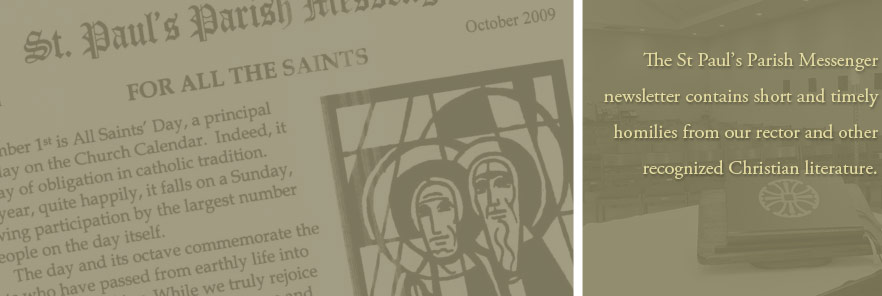A religious reformation begun at Oxford University in 1833, also known as the Tractarian movement and Puseyism. It aimed at and effected spiritual, doctrinal, and liturgical renewal in the Anglican Communion by returning to the Church Fathers and seventeenth-century Anglican theologians.
In pamphlets and treatises, such as the ninety popular and controversial Tracts for the Times, and in sermons, poetry, lectures, and articles the movement relentlessly attacked secularism (religious indifference), liberalism (the view that reason alone can cure all evil) and Erastianism (the idea that final authority in religious matters belongs to the state) of university, church, and country.
Affirming doctrine and devotion, the movement promoted the Holy Catholic Church as a super-natural, divinely authorized institution, a visible unity on earth possessing sacraments and unbroken apostolic succession of bishops.
The movement’s leaders were noted for their intellectual, moral, and spiritual stature and for their personal attraction and influence: John Keble, poet of Anglican devotion; Richard Hurrell Froude, zealous apologist for Catholic truths; Edward Bouverie Pusey, devout, erudite aristocrat; John Henry Newman, acknowledged leader and genius of the movement who [largely wrote the tracts and] developed its foundational position, the Via Media.
Reaching its zenith in 1938, the movement, though antipapal, was increasingly attacked by church and university for its Romanism. Nonetheless, it survived Newman’s conversion to Rome (1845) and spread fragmentedly to urban centers, there emphasizing social, pastoral, and liturgical matters [as free Christian education of boys in exchange for their voices in choirs] over doctrinal ones. Besides bringing many converts to Catholicism, the Oxford movement was a renaissance of catholicity in the universal Church.
Mary Katherine Tillman
Harpercollins
Encyclopedia of Catholicism

